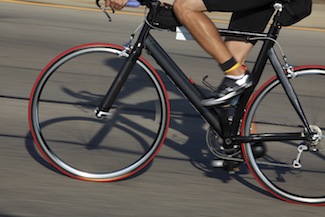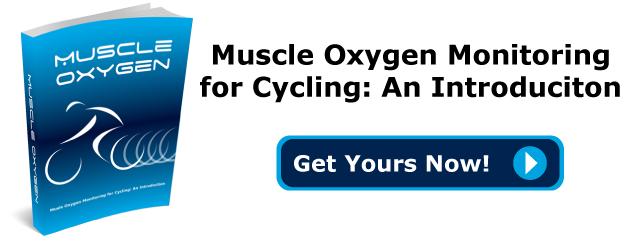How Cyclists Benefit with Aero Position and Respiratory Muscle Training
Competitive cyclists and triathletes are keenly interested in the idea of aerodynamic posture, or aero position: the practice of adjusting their on-bike positioning, clothing and equipment to reduce drag. However, there is often too great an emphasis on aero position for both professional-level time trialists and amateurs, according to new research by Dr. Iñigo San Millán. Typically, athletes spend huge amounts of time in a wind tunnel to determine their technically fastest aero position without taking into account metabolic factors that may significantly impact athletic performance. In fact, to describe cyclists who base their time trial position solely on aerodynamic data, Dr. San Millán coined the term "wind tunnel trap."
The Wind Tunnel Trap
When a cyclist goes into a wind tunnel, an aerodynamicist or engineer provides an athlete with what is supposedly his or her fastest position based on the coefficient of drag multiplied by frontal area (CdA). However, when Dr. San Millán measured cardiovascular responses to positions, particularly metabolic responses, he found that these aerodynamic positions were not really the fastest.
Aerodynamicists will claim that their positions give athletes three seconds per kilometer, or 25 watts more power, but data gathered by Dr. San Millán shows that the positions imply lower output by 30 or 35 watts. This means the net benefit actually equals a decrease of five or 10 watts.
While working at Garmin-Transitions, Dr. San Millán tested the metabolic output of riders in a wind tunnel. The test involved athletes riding at a higher wattage than is normally prescribed by wind tunnel engineers, although the exact wattage varied according to the physiological abilities of the rider, as determined by Dr. San Millán.
The riders’ blood lactate levels and heart rate were monitored while modifying the aero position to find the fastest position aerodynamically that, at the same time, was easiest on the metabolic system. Dr. San Millán found that it often the second, third, or even fourth aero position was actually the fastest when aerodynamics and metabolic effects were both taken into consideration.
The above data implies that, by not taking metabolic effects into consideration, many athletes may be paying large amounts of money only to make their ride slower. To rectify this imbalance and optimize their position for both aero and metabolic performance, Dr. San Millán suggests athletes experiment with the following protocol.
Aero Position Protocol
- The most important aspect of the aero position is the frontal area. Keep arms and shoulders as close as you can and chest elongated.
- Use aero extensions at maximum length with a ski-style bend. Adjusting height in the wind tunnel is not necessary.
- In non-UCI regulated time trails or triathlons, use the Praying Mantis extensional angle position. For competitions where this position is disallowed, form a 30- to 35-degree forearm angle.
- Use an aero helmet.
Metabolic Position Protocol
- Keep your upper body relaxed, particularly your arms, as they are highly efficient at clearing lactic acid in order for it to be broken down into glucose and used by the working muscle groups.
- Engage your core while allowing for a long reach that benefits your aero position. Train your core off the bike and on time trials, at least two or three times a month.
- A sufficient aero position requires deep breathing. Enhance your metabolic capabilities by training your respiratory muscles.
When deciding on an appropriate aero position, the length of the event needs to be factored in. While the above protocol is very relevant for a longer event, such as a triathlon, it is not as suitable for a shorter race. Athletes competing in shorter events can afford to use aero positions that are more costly for metabolism, such as those developed in a wind tunnel, as the briefer expenditure allows for a more aggressive position.


